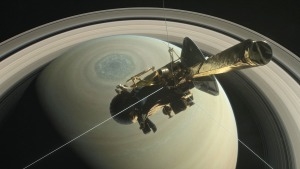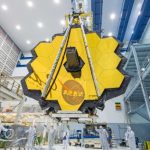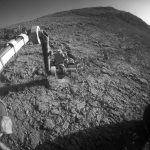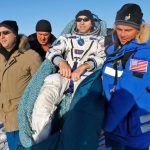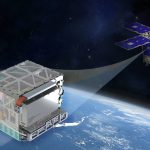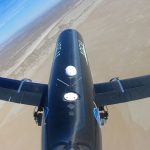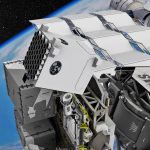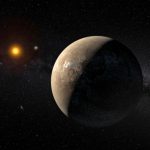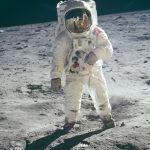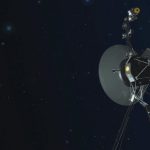Cassini’s Dead, But Its Science—And The Pursuit Of Alien Life—Lives On
If it wasn’t for Cassini, we might never have learned of potential life on Saturn’s moons.
The NASA spacecraft’s most staggering discoveries revealed liquid water and active chemistry on Enceladus and Titan, giving them the precursors for life. That knowledge has galvanized further exploration of our solar system’s icy oceans, most notably through the 2020’s mission to investigate conditions for life on Jupiter’s moon, Europa, and the James Webb Space Telescope, which launches next year. Cassini’s orbital tour designs will also serve as a practice run for the Europa Clipper mission.
“The discoveries Cassini has made over the past 13 years in orbit have rewritten textbooks of Saturn, discovered worlds that could be habitable, and guaranteed that we would return to that ringed world,” said Jet Propulsion Laboratory director Mike Watkins during the post-event news conference. JPL designed, built, and managed the Cassini spacecraft for NASA’s Science Mission Directorate in Washington, D.C. The entire Cassini-Huygens mission is a joint venture of NASA, the European Space Agency, and Italian Space Agency.
“It’s not an end, but a beginning,” he added. “The discoveries that have continued to be made with the last set of ringed orbits in the Grand Finale of Cassini haven’t really been studied yet. And the last few seconds of the Cassini mission, our first taste of the Saturn atmosphere, might be a number of PhDs for students to come. So even in the last few seconds, Cassini managed its rewriting for the textbooks and its legend.”
After almost 20 years in space, including the past five months flying between Saturn and its rings, Cassini entered a controlled plunge into Saturn early Friday morning. NASA’s Deep Space Network complex in Canberra, Australia lost contact with the spacecraft at 7:55 a.m. EDT, just after it entered Saturn’s atmosphere 1,190 miles above the clouds. During its dive, its speed reached roughly 70,000 mph, causing it to disintegrate like a meteor.
That final, bittersweet descent—dubbed the Grand Finale—ended Cassini’s 13-year tour of the Saturn system, most recently 22 weekly dives between Saturn and its rings that began in April, close-ups of Enceladus and Titan, and analysis of the planet’s magnetosphere. No spacecraft has ever ventured so close to the planet, and its intentional destruction was designed to preserve Saturn’s moons, particularly Enceladus’s subsurface ocean and hydrothermal activity, for future exploration. The descent enabled direct sampling of Saturn’s atmospheric composition, which is impossible from orbit.
“This is the final chapter of an amazing mission, but it’s also a new beginning,” said Thomas Zurbuchen, associate administrator for NASA’s Science Mission Directorate. “Cassini’s discovery of ocean worlds at Titan and Enceladus changed everything, shaking our views to the core about surprising places to search for potential life beyond Earth.”
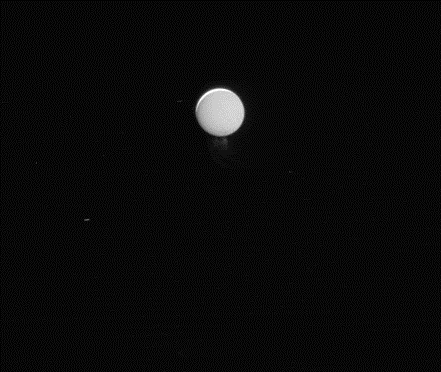
Cassini launched in 1997 from Cape Canaveral Air Force Station in Florida and arrived at Saturn in 2004. The following year, the Huygens probe successfully landed on Saturn’s largest moon, Titan, marking the first and only landing on an outer solar system body, and revealing Earthlike meteorology and geology, and lakes. Cassini instruments also detected a possible atmosphere, water vapor, and even organic materials in erupting plumes on its sixth-largest moon, Enceladus. Now that satellite is, like Titan, considered to be one of the solar system’s most likely locations for extraterrestrial life.
It was to protect those possible aliens that Cassini was sent on its fiery final plunge to begin with. If NASA did nothing, the fuel-less spacecraft might eventually crash into one of Saturn’s moons, potentially contaminating it with stowaway microbes that might still be alive inside the spacecraft. That would hurt future science on Saturn’s moons.
NASA extended Cassini’s mission twice using the remaining rocket propellant to enable closer exploration of the icy moons and system seasonal changes. It also discovered an additional moon and rings around Saturn and captured an enormous, hurricane-like storm around its north pole. (A timeline of its discoveries can be found here.)
“Cassini may be gone, but its scientific bounty will keep us occupied for many years,” said JPL Cassini project scientist Linda Spilker. “We’ve only scratched the surface of what we can learn from the mountain of data it has sent back over its lifetime.”
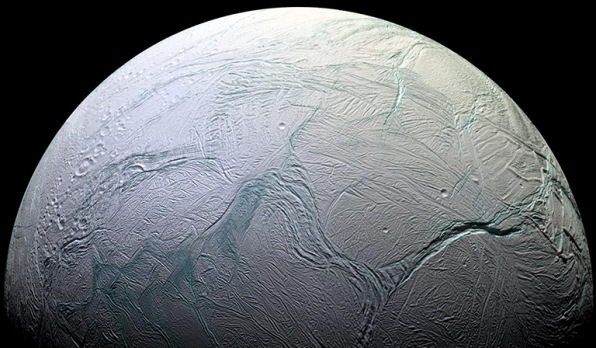
Onward To Europa
NASA is leveraging lessons from the Cassini to Europa missions, namely increasing the sensitivity of onboard instruments to detect possible habitability in extreme chemistry and temperatures, and honing gravitational assists from large moons to maneuver the spacecraft into repeated close encounters, the way Cassini used Titan’s gravity to slingshot around Saturn.
Eventually, NASA plans a return to Saturn to further study Titan’s methane seas and Saturn’s atmosphere, and to scan Enceladus plumes for biological signs. And proposed missions to Uranus and Neptune, which are believed to harbor liquid oceans, are not far behind.
For more information:
- Final images of the planet, its rings, and moons Enceladus and Titan are available here
- We compiled Cassini’s most stunning photos here
- A new NASA e-book, The Saturn System Through the Eyes of Cassini, showcases mission images and key discoveries.
Fast Company , Read Full Story
(47)

